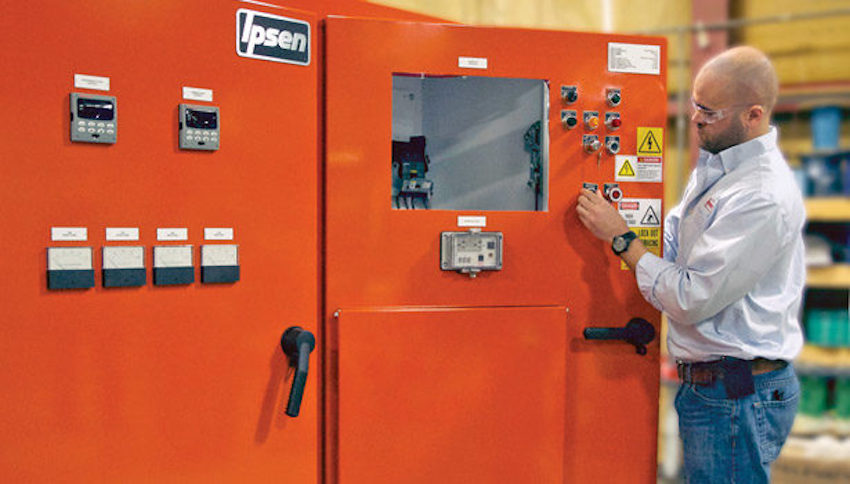Furnace Controls
Learning Objectives:
- Discuss the pros and cons for retrofitting vacuum furnace controls as opposed to replacing the furnace.
- Explain how updating vacuum furnace controls can reduce instances of human error.
- List some of the advantages automation has over traditional controlling when it comes to vacuum heat furnaces.
- Describe how vacuum carburizing has changed over the last 20 years and why vacuum controllers now need to be flexible.
Credits:
This course is part of the The Vacuum Thermal Academy
Below are a set of links to articles from our Engineering and Mechanical Systems brands, including Engineering News-Record, . These articles provide in-depth analysis of specific projects, with photos, drawings, specifications, detailed descriptions, and design solutions. Click on each link below, read the article then complete the quiz to earn your credit and certificate of completion.
The type and reliability of instrumentation and process controls used on vacuum furnaces in the heat treatment industry is critical to both the performance of the vacuum furnace itself as well as the results that are achieved when processing critical components. This course offers a look at advanced technologies in furnace controls and describes how they should be updated every few years.
Automated Control of Vacuum Heat-Treat Equipment
Vacuum heat treatment is evolving as quickly as any of the other subsets within the industry. Changes are ushered into the industry as customers, end users and governing bodies (AMS, Nadcap, etc.) press for increased visibility of both production and available historical data. This article delves into the question of retrofitting controls or replacing them.
Steven Christopher
Staying Ahead of the Curve with Advanced Controls Technology
Advanced controls technology provides operational flexibility needed to measure and analyze equipment and processes with ease. This article looks at how optimization of vacuum furnace controls ensures less human error in the production process.
Jim Grann and Jason Sanders
Automated Control of Heat-Treating Processes: Technology, Data Acquisition, Maintenance and Productivity Gains
Heat-treating processes are unmistakably diverse. Yet, despite different requirements, control of these processes can be divided into two general categories: traditional and automated.
Jim Oakes and Jeremy R. Merritt
A Look Back, Forward at Process Control
Looking at past equipment purchasing decisions from our current vantage point makes us wonder about future purchases. This article looks at that dilemma of how to specify an entire heat-treatment cell.
Peter Sherwin

Photo Courtesy of SECO/VACUUM
| SECO/VACUUM |






